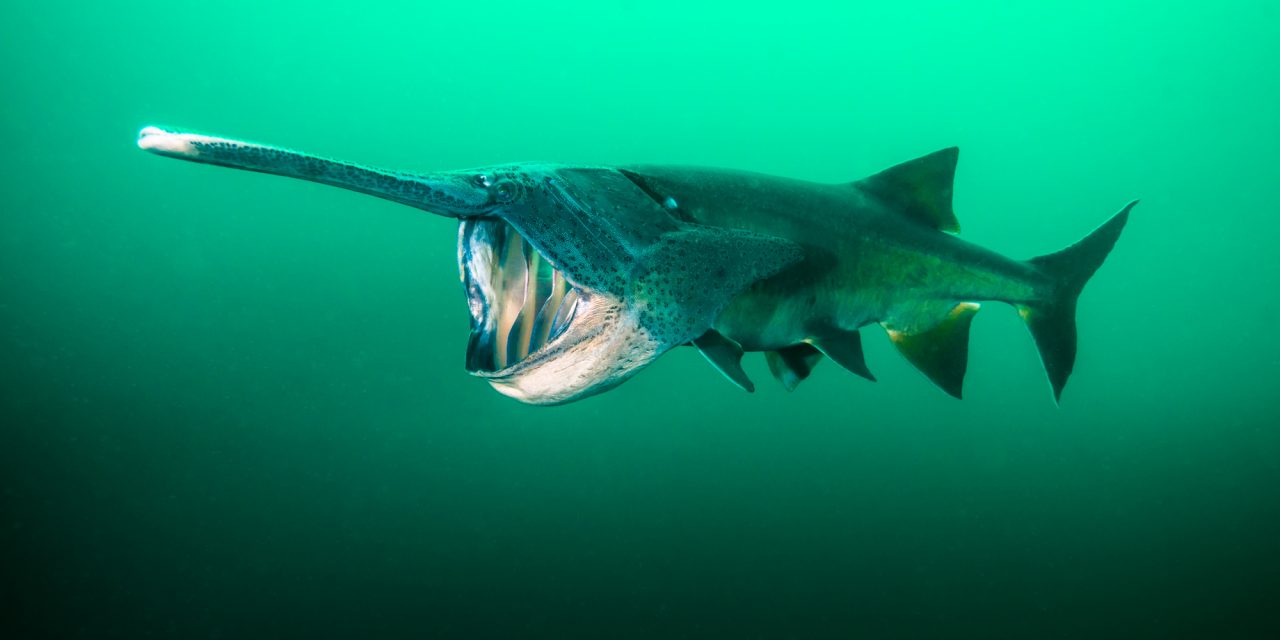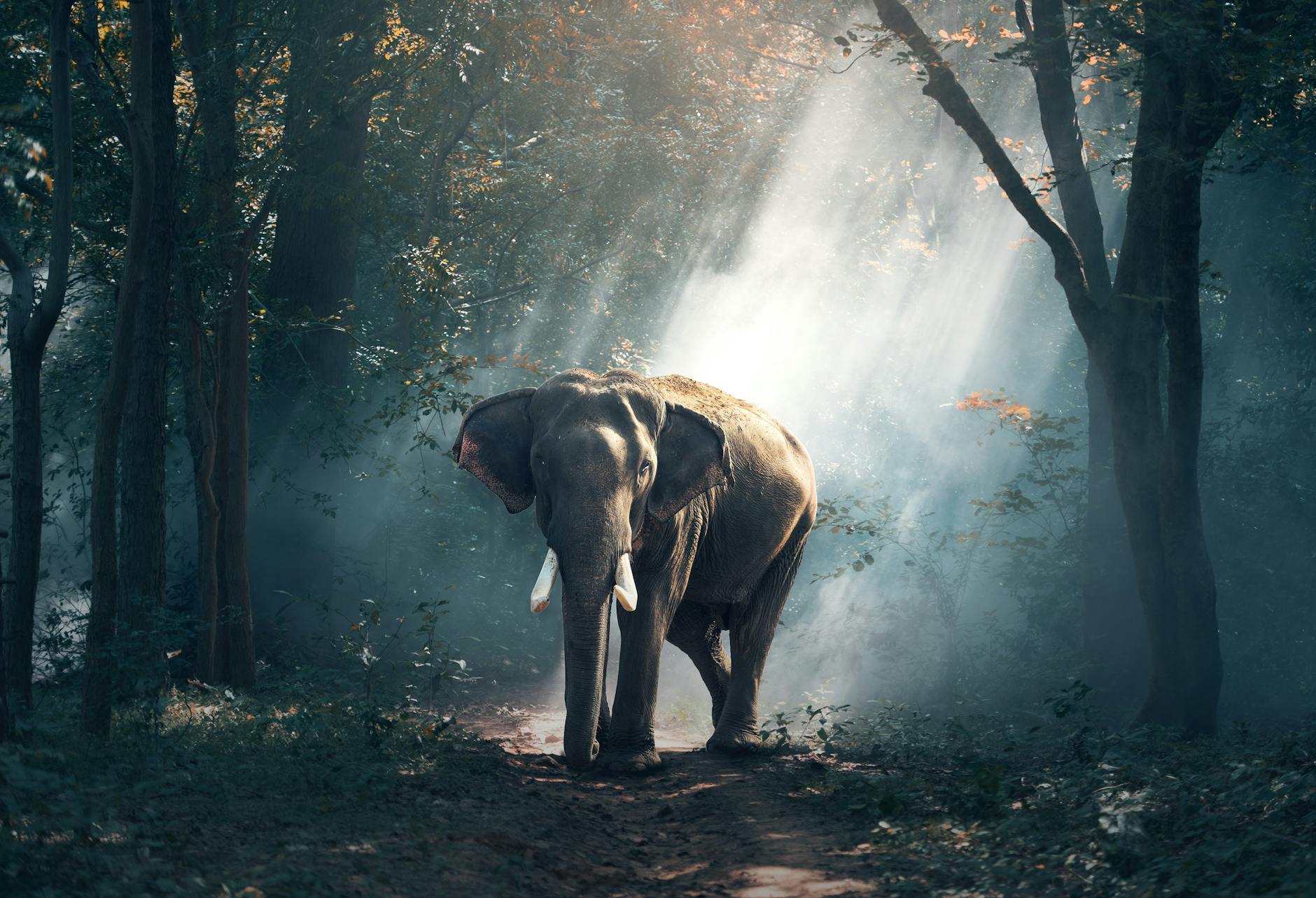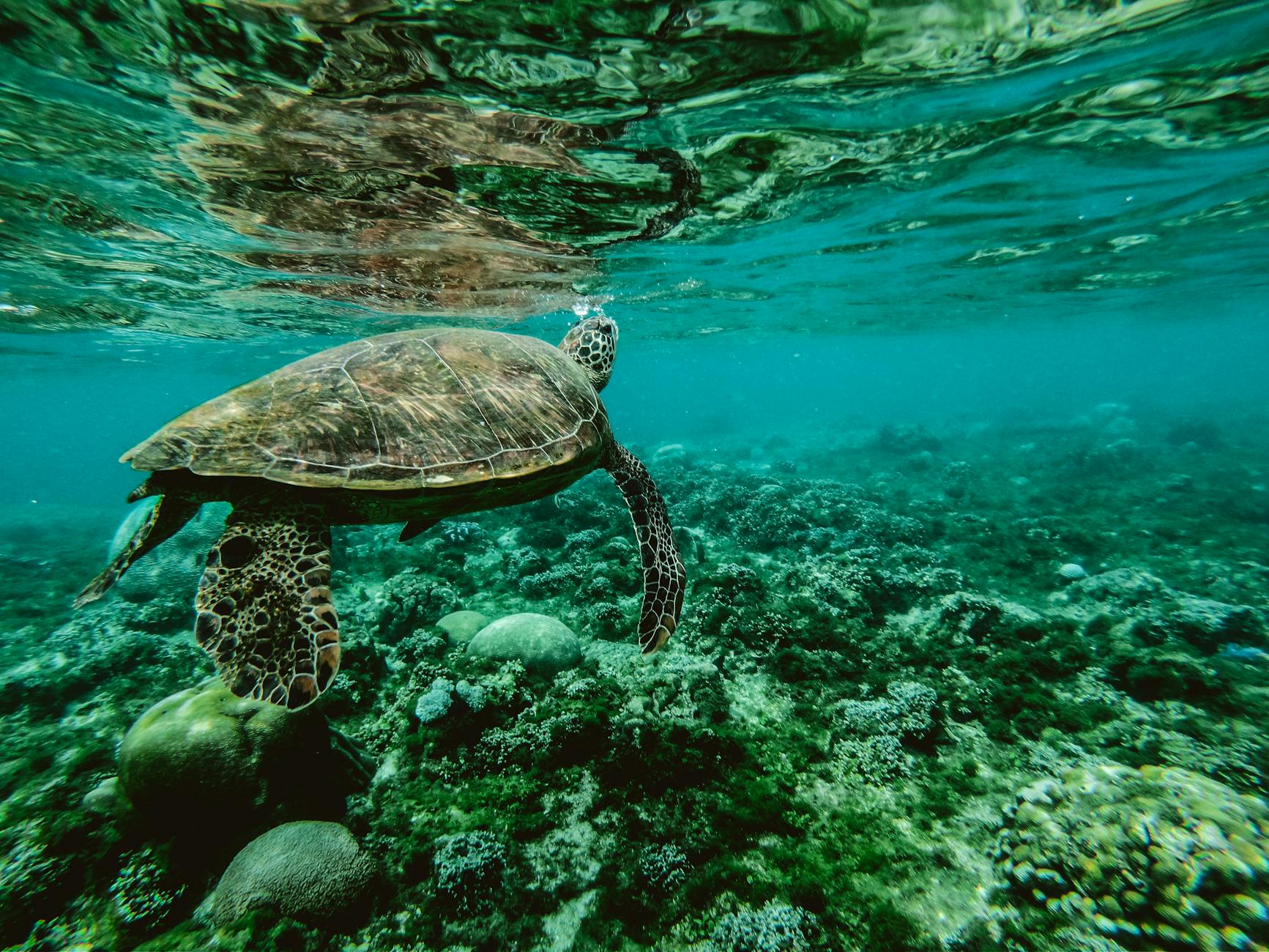Think Wildlife !
"The truth is that we will never save wildlife by killing it"
Human activities like agriculture expansion, logging, and poaching are usually the biggest causes of flora and fauna extinction, and biodiversity loss. Over the last four decades, human activities have greatly pushed some animal species to near extinction with an estimated loss of about 10,000 species per year accounting for the loss of half of the world’s wildlife population. For example, poachers are to blame for putting some horned animals like rhinoceros and elephants to near extinction in Africa with a good example being the white rhinoceros in Kenya. Other factors such as climate change causing frequent droughts and flooding, deforestation,overpopulation, and consumer culture are also to blame for endangering wildlife species.

Extinct Species
Chinese Paddlefish
The Chinese Paddlefish, also known as Chinese swordfish, is a reportedly extinct species of fish that was native to the Yangtze and Yellow River basins in China. At maturity, the species measured an average length of 3 m, making it one of the largest species of primarily freshwater fishes.
Critically Endangered
Gharial
The gharial, also known as the gavial or the fish-eating crocodile, is a crocodilian in the family Gavialidae and among the longest of all living crocodilians. Mature females are 2.6–4.5 m long, and males 3–6 m.


Near Threatened
Himalayan Vulture
The Himalayan vulture or Himalayan griffon vulture is an Old World vulture native to the Himalayas and the adjoining Tibetan Plateau. It is one of the two largest Old World vultures and true raptors. It is listed as Near Threatened on the IUCN Red List.
Why Wildlife conservation ?
-
Protecting ecological stability and balance
Protecting ecological stability and balance Conserving fauna and flora encourages ecological stability and balance in the world. The plants, for example, play an important role in ensuring a healthy ecosystem by balancing carbon dioxide and oxygen in the environment. If animal species become dominant whether it is humans or wildlife, it will cause a lot of instability affecting the survival of all plant and animal species in the world. What is more, uncontrolled human activities like deforestation and logging are known to cause negative effects on the environment, and thus, conserving wildlife means protecting ecological stability and balance. -
Medicinal value
Although plants are the major sources of medications, some animals are also vital in the production of medications. For example, the venom from cobra is an important ingredient in making the medications for leprosy while lobsters can be used as antifungals. -
Protection of biodiversity and endangered species
Among the most fundamental roles of wildlife conservation to humans is to enhance food security. By protecting natural habitats from degradation and forests against deforestation, the availability of a variety of food products would rise. The reason is that wildlife conservation helps in research for promoting agricultural diversity. -
Can enhance food security
Conserving wildlife means conserving heritage and traditional culture. Some places are known for their flora and fauna in relation to the native practices and ways of livelihood, which means that failing to conserve the environment, will lead to loss of their land and native heritage. -
It is fun and entertaining!
People spend hours on their television watching wild animals’ documentaries as their source of fun and entertainment. Failing to conserve wildlife and their habitat will mean that there will be no more animal documentation and thus, lack of entertainment. Furthermore, watching animals on their natural habitat, for example, watching predators make a kill in the jungle is highly enthralling. -
Preserves heritage and culture
Conserving wildlife means conserving heritage and traditional culture. Some places are known for their flora and fauna in relation to the native practices and ways of livelihood, which means that failing to conserve the environment, will lead to loss of their land and native heritage. For example, big cats like lions, leopards, cheetahs, and huge herbivores like elephants and giraffes are often associated with Africa Safaris that has lately been coined as “magical Africa.” Another example is the scenery of thousands of wild beasts’ migration which is associated with the “Serengeti Plain” ecosystem.



